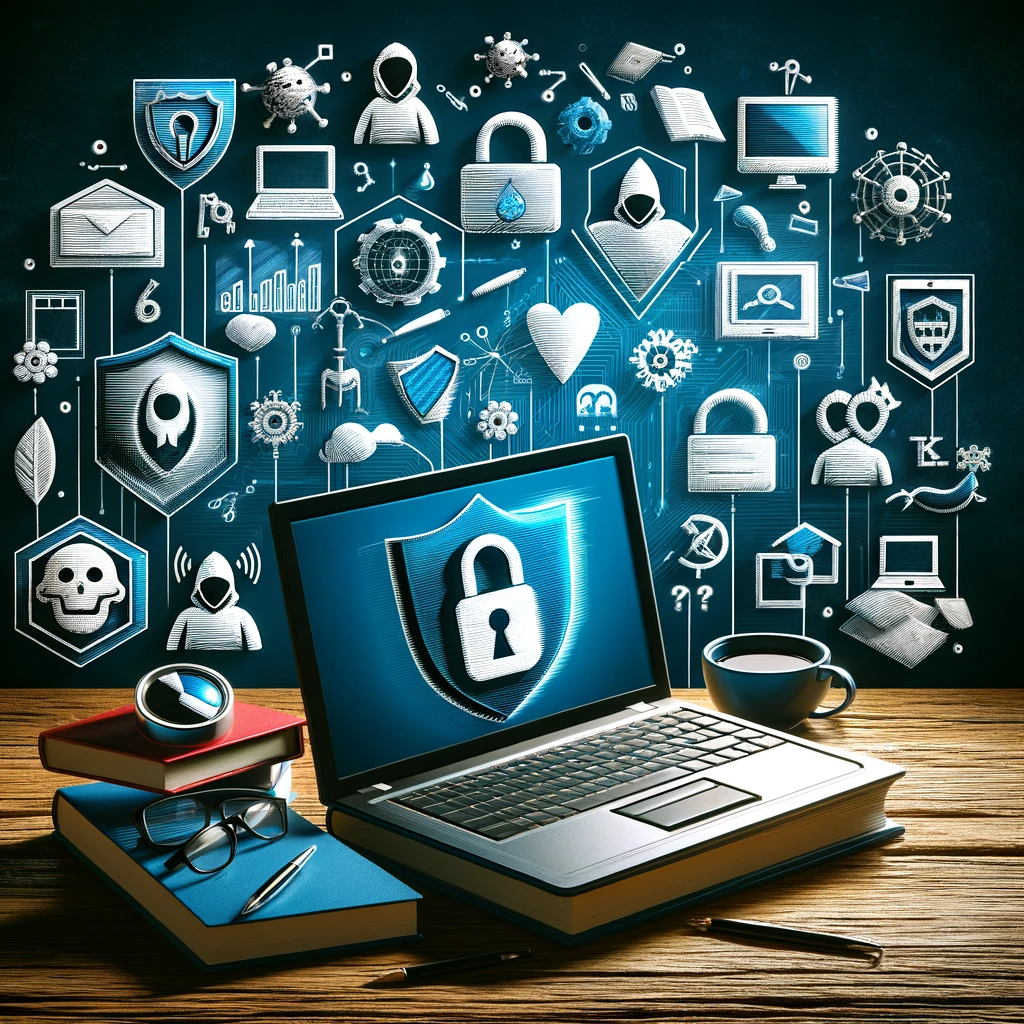
Cybersecurity Challenges in Remote Learning Environments
With the rapid increase in remote learning due to the ongoing pandemic, educational institutions are facing numerous cybersecurity challenges. This blog post explores the key challenges and provides valuable insights on how to mitigate them effectively.
1. Inadequate Endpoint Security
One of the primary challenges in remote learning environments is ensuring endpoint security. Students and teachers often use personal devices that may not have robust security measures in place. This makes them vulnerable to various cyber threats, such as malware, phishing attacks, and data breaches.
To address this challenge, educational institutions should enforce strict security policies, including the use of updated antivirus software, firewalls, and encryption tools. Regular security awareness training for students and staff is also crucial to promote responsible online behavior.
2. Weak Authentication Practices
Another significant challenge is weak authentication practices in remote learning environments. Many educational platforms and systems rely on simple username and password combinations, making them susceptible to brute-force attacks and credential stuffing.
Implementing multi-factor authentication (MFA) can greatly enhance security. MFA requires users to provide additional authentication factors, such as a fingerprint scan or a unique code sent to their mobile devices, ensuring only authorized individuals can access sensitive information.
3. Increased Phishing and Social Engineering Attacks
Phishing and social engineering attacks have become more prevalent in remote learning environments. Cybercriminals often exploit the trust and vulnerability of students and staff to gain unauthorized access to sensitive data.
To combat this challenge, educational institutions should educate their users about common phishing techniques and encourage them to verify the authenticity of emails and links before clicking on them. Implementing email filters and anti-phishing tools can also help detect and prevent such attacks.
4. Data Privacy Concerns
Remote learning involves the collection and storage of vast amounts of personal and sensitive data. Ensuring data privacy is a crucial challenge for educational institutions. Inadequate security measures can lead to data breaches, identity theft, and unauthorized access to student records.
Encrypting data both at rest and in transit is essential to protect sensitive information. Regular security audits and vulnerability assessments can help identify and address any weaknesses in the data handling processes.
5. Lack of IT Support and Monitoring
Remote learning often lacks the immediate IT support and monitoring available in traditional classroom settings. This can lead to delays in detecting and resolving cybersecurity incidents.
Providing students and staff with a dedicated IT support channel, such as a helpdesk or chatbot, can ensure prompt assistance and incident reporting. Implementing network monitoring tools enables educational institutions to detect and respond to security threats in real-time.
In conclusion, remote learning environments present unique cybersecurity challenges that require proactive measures to mitigate. By prioritizing endpoint security, implementing strong authentication practices, raising awareness about phishing attacks, ensuring data privacy, and providing adequate IT support, educational institutions can create a secure remote learning environment for students and staff.
Stay Connected with Secure Debug
Need expert advice or support from Secure Debug’s cybersecurity consulting and services? We’re here to help. For inquiries, assistance, or to learn more about our offerings, please visit our Contact Us page. Your security is our priority.
Join our professional network on LinkedIn to stay updated with the latest news, insights, and updates from Secure Debug. Follow us here.







